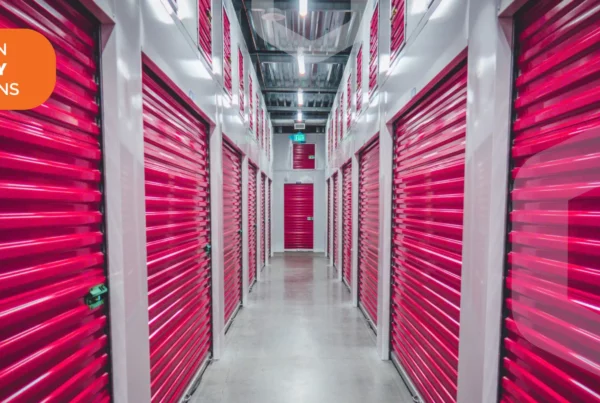On-premise vs. cloud security is one of the most crucial factors to take into account when security experts construct a security solution. Should the infrastructure for collecting and storing data from access control systems or security cameras be hosted on-site or in the cloud?
The choice is not straightforward because both on-premises security systems and cloud security systems have advantages and downsides. In order to choose the system that best suits the security, operational, and financial requirements of the company, it is crucial to take into account all of the significant variations between the systems.
This article compares cloud security versus on-premises security in-depth, taking into account a variety of elements including security levels, infrastructure, stability, maintenance, through-life costs, and many more. It also explains the fundamental differences between the two systems.
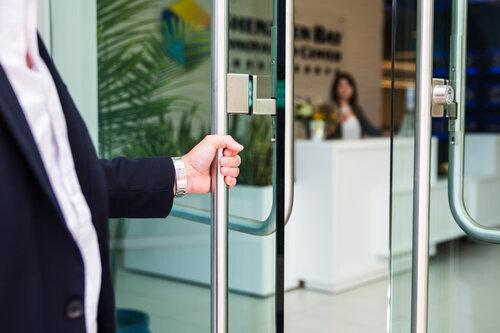
Key differences of on-premise vs. cloud security
Organizations can choose between an on-premise security system and a cloud security system when it comes to handling physical security for commercial premises.
An on-premise solution, often known as on-prem security, is situated in a physical place, typically in the same building as the security systems. Data from security cameras, access control systems, sensors, and alarms relayed across an internal network is recorded and stored by recorders or on-premise servers. The information displayed on the property’s monitors can be examined and analyzed by security experts.
On the other side, cloud security systems collect and store private information from the same security sources, but they do it in a safe cloud data center. The information is sent via the Internet. Security teams can access the data through the Internet and review it on a range of fixed and mobile devices, either locally or remotely.
These are the main distinctions between the two systems, but in order to select the best option, it’s crucial to carefully contrast on-premise and cloud security.
Access Your Office with Smartphone
Discover why thousands of companies have Access Control System
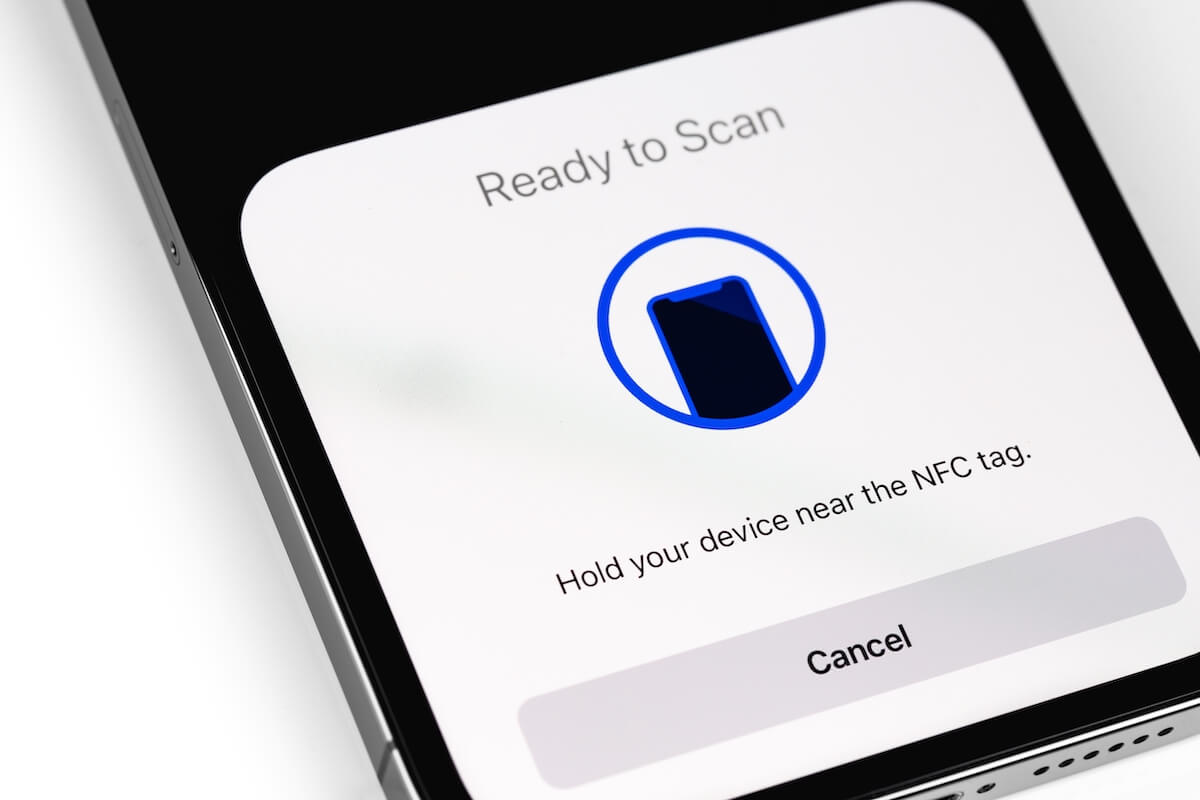
Infrastructure
In order to use an on-premises solution, the building must have the following infrastructure: servers or digital video recorders, infrastructure management software, and a network to link the infrastructure to the security or access control system components.
Energy needs for the cooling systems and storage devices in on-site environments will also be generated. The quantity of feeds from various security components determines the size and number of on-site servers or recorders. The more cameras, readers, and alarms there are in a facility, the more servers are needed.
There are no physical servers or infrastructure needed for a cloud security system. The storage and management systems are housed in the cloud environment and are often handled by a third party. There is no restriction on how many distinct security feeds can be saved in the cloud, depending on the subscription. Data is sent directly from the security source to the cloud over the Internet, negating the need for an internal network for cloud security system storage. Data can be seen on an in-house monitor or remotely on mobile devices.
The location of infrastructure is the key distinction between the systems. If space is limited, a cloud solution can free up space on the premises for other applications. This may be significant in a smaller structure or in a retail establishment, residential complex, or office building where the space can be utilised to bring in more money.
Cloud Based Access Control
Learn about cloud based access control system and its futures.
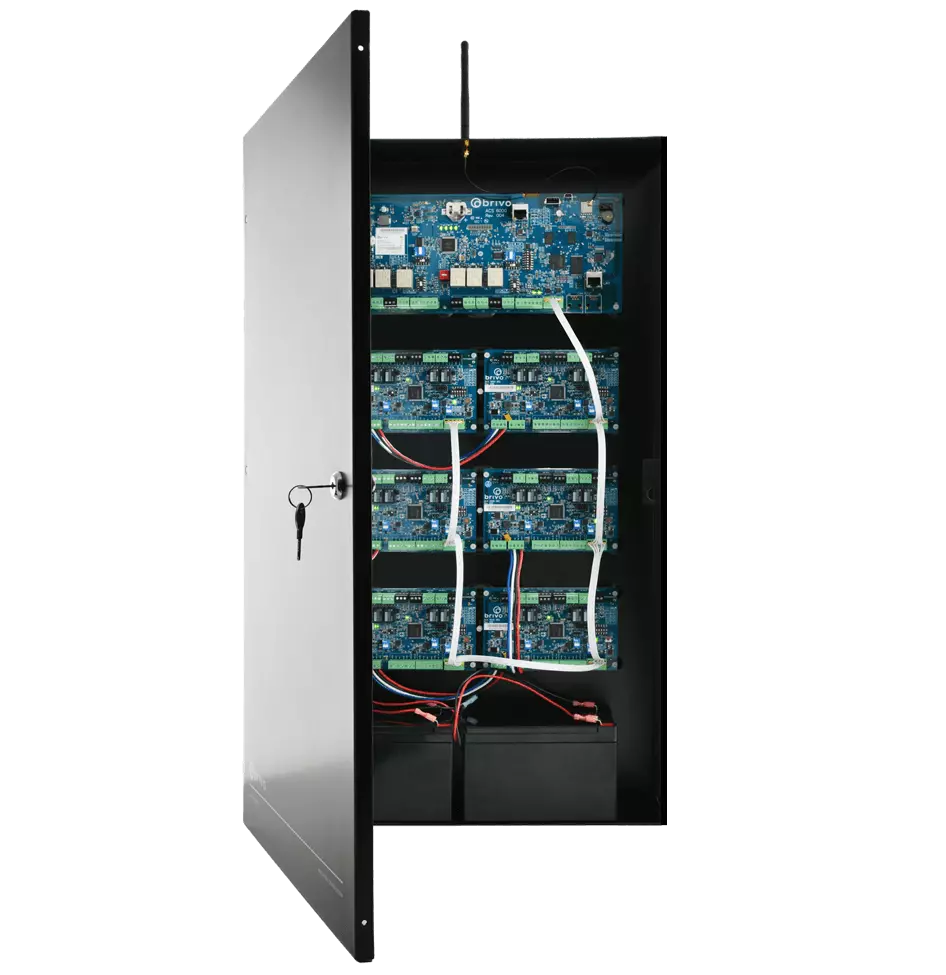
Management and maintenance
If the infrastructure is kept on-site, the company is in charge of management and upkeep. The IT team will typically be in charge of this, thus it is crucial that team members are capable of managing both the infrastructure and the internal networks. The IT team may spend a lot of time maintaining on-premise solutions in order to assure their reliable operation. Yet, this also grants the company complete control and 24/7 supervision over its security system.
When the system is hosted in the cloud, management and upkeep are handled by the hosting provider, and the cost is covered by the regular subscription. The cloud infrastructure is managed and maintained by specialists with the required expertise.
The fundamental distinction is the demand for personnel with the knowledge and free time to operate and maintain the infrastructure and internal networks. A company with a tiny IT team may be distracted from other crucial activities by the support burden.
Join UPS Stores Using Access Control
With Cloud Based Access Control, UPS Stores can regulate and track who enters its facility for PO Boxes.
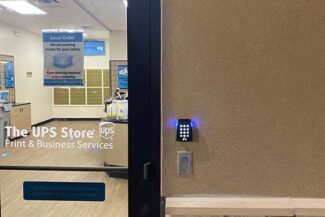
Connectivity
A secure internal data network must be installed and maintained in order to connect on-premise storage devices to individual security and access control components. The network must have the speed, capacity, and traffic prioritization capabilities to transmit high volumes of data, such as high-resolution video images, for different video surveillance infrastructure, such as commercial surveillance systems or parking lot camera systems, without delay or loss of image quality.
Via open or closed Internet connections, cloud security systems transfer data from individual security devices. A private network overlay could be required in situations when security is crucial. Large file sizes produced by security cameras can be transmitted over the Internet, but the quality and speed of the transmission depend on the type of Internet connection being used as well as the traffic volume on the public network.
When deciding between on-premises security and the cloud, connectivity is a crucial factor. Security experts should analyze network performance, security level, and other internal networking requirements thoroughly before making a decision.
Commercial security cameras for business
- Business security cameras with enhanced coverage and IR that improve situational awareness
- Video analytics with AI to find incidents
- Hours of video are easily sorted through by Video Search to locate a suspicious person or vehicle.
- Integrates with third-party ONVIF® compliant platforms
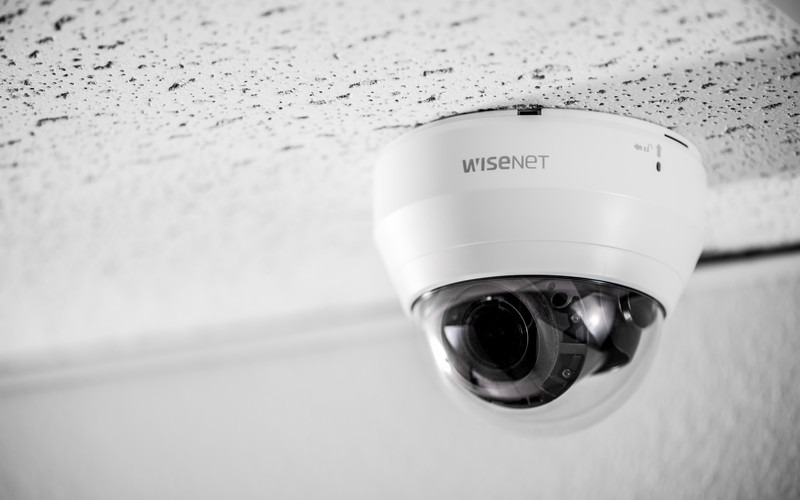
Storage capacity
The storage capacity of recorders and servers used in on-premise solutions is limited. The number of cameras and other linked security components, as well as the volume of data generated, are used to determine the initial storage capacity. Large file sizes produced by security cameras could easily fill up on-site storage devices. Including new equipment or security cameras in schools, universities, sizable business campuses, and other structures with rising store demands.
Businesses using on-prem systems frequently have stringent data management procedures in place because security teams can either install more storage devices or remove data that is superfluous to handle quantities that exceed capacity.
Although individual storage limits are initially set by the kind of subscription, cloud security solutions have a limitless amount of storage space. Any additional feeds or usage above the allotted amount will necessitate a higher membership. Security teams can cut subscription costs by creating a tiered storage plan and storing non-essential data in a less expensive archiving cloud solution.
The capacity needed to meet present and future needs determines this aspect of the choice. Data deletion or capacity expansion are the options available to security teams employing on-premise storage. Cloud-based solutions provide more choices for expansion. When comparing storage for cloud vs. on-premises security, it’s crucial to remember that you have a mechanism to subsequently access crucial evidence and data in case problems do occur.
Don’t risk legal
responsibilities.
Contact us right now to set up a consultation with one of our qualified security consultants. We will assist you in seamlessly navigating the complicated terrain of video surveillance laws. Your company deserves the greatest protection possible!
Reliability
Since commercial security is a 24/7 operation, the chosen storage solution must provide the highest level of uptime.
To maximize uptime, on-premise systems rely on the dependability of internal components. This entails choosing servers, recorders, and network components that offer the highest levels of dependability. Storage media and devices must be made for consistent, dependable performance with little upkeep.
Redundancy should be included into the storage system where it is essential so that incoming data can be automatically moved to paired devices. To minimize delay or disruption to data flows, the system should also include automatic rerouting, failover, and traffic prioritization at the network level. Network and storage device proactive maintenance can lower the possibility of unscheduled downtime.
Like cloud computing, cloud security is dependent on the dependability of outside factors, such as the Internet and the host system. Internet performance, which can be sluggish or vulnerable to service interruptions, poses the most risk. The risk of delay or disturbance is reduced by implementing a private Internet service, albeit at a higher expense. The highest levels of reliability are always the goal of cloud providers, but it’s important to review the uptime guarantees included in service agreements.
It’s crucial to consider accountability for upholding reliability when evaluating the two systems’ dependability. On-premise solutions provide you more control over uptime, but they depend on the maintenance skills and reactivity of your internal support staff. The dependability of cloud systems depends on elements outside the internal team’s control.
Disaster recovery
Security may be severely impacted if a fire, flood, or other disaster ruins the storage infrastructure. The storage solution needs to guarantee consistency.
The security team must build up a backup system at a temporary site if an on-premise infrastructure is destroyed or rendered inoperable due to a calamity. Depending on how complicated the system is, this might be challenging and time-consuming and is unlikely to guarantee instant service continuation.
When data is kept in the cloud, a disaster on the business premises won’t cause a loss of service or access to stored data, but any damage to important cameras, like security cameras in shops or other security equipment, would stop current feeds. Local problems have no impact on the cloud infrastructure, and security personnel can access cloud data on internet-connected mobile devices from anywhere to keep an eye on security.
Control and compliance
The choice of cloud security vs. on-premise security may be influenced by regulatory compliance requirements or a need to protect mission-critical security data.
When security data is kept on-site, security teams have complete control over the data and may implement the required procedures and policies to maximize protection. This may be necessary to secure various forms of sensitive information subject to industry rules or customer contractual requirements.
It is crucial to verify that the storage solution complies with any rules or contractual requirements because storing data in the cloud might not be permitted.
A hybrid approach, with compliant data maintained on-premise and other data transmitted to the cloud, may be appropriate in some circumstances.
Security monitoring
Security workers see data on site monitors to assess and analyze security footage that has been captured and kept on-premises. They can then react to issues or examine data for patterns or audits. If round-the-clock surveillance is required, security personnel may need to be present outside regular work hours.
Using the cloud, security professionals may access security feeds and stored data from any location using an Internet-connected device. Businesses no longer need to keep workers on-site after regular business hours, which provides operational flexibility.
Security teams can attend incidents while obtaining up-to-date video feeds and other information that can help them resolve problems more successfully thanks to cloud storage, which also increases their mobility. With feeds from all sites saved in the cloud and available from a central monitoring post or from any convenient location, businesses with several sites may centralize monitoring operations.
Have questions? We can help
Our security experts can help you implement the right security system for your business.






